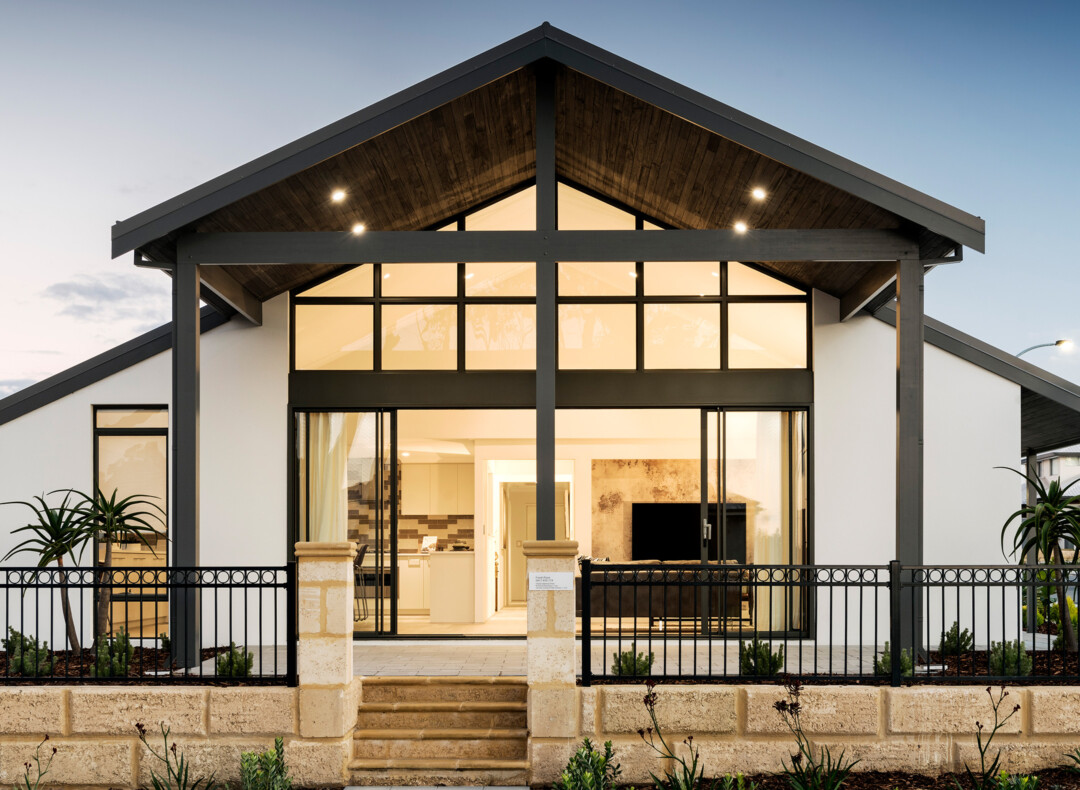All Categories
Featured
Table of Contents
Double-glazing Versus Low-e Glass in Shelley Perth
That window can send more solar heat in winter than in summer. A west-facing window on a summer season's afternoon has an angle of incidence from near 0 up to 30 with a large efficient location of solar radiation. A north-facing window, in summer season, has a high angle of occurrence and a low efficient area of solar radiation, so can transfer less heat than a west-facing one.

But you can rapidly and quickly enhance the thermal efficiency of your home by changing your windows. This is among the most efficient approaches of renovation to achieve better thermal convenience. There are thousands of types of glass and frames to pick from. Selecting the right ones is necessary to enhancing the energy effectiveness of your house.
Single Glazed Vs Double Glazed Windows - Ultimate Guide in Westminster WA
Single glazing with clear glass is not extremely efficient when it comes to heat loss or gain. To enhance efficiency, you can utilize single glazing with a more energy-efficient type of glass such as low emissivity (low-e) glass.
Several layers can be put together with sealed cavities between each sheet of glass. IGUs typically use better energy performance than single glazing, since they transmit less energy. The energy efficiency of IGUs also depends on: the residential or commercial properties of each layer of glass. Various glass types (for example, clear and low-e glass) can be assembled in an IGU.
What Are Double Glazed Windows? in High Wycombe Western Australia

IGU cavities can be filled with air or a more inert, low-conductivity gas such as argon the width of the cavity. Larger cavities supply lower (much better) U worths, with 12mm typically accepted as the preferred space how well the cavity is sealed.
If argon is set up to the cavity in location of air, moisture is reliably left out the level of desiccant (drying representative). The spacer (metal or polymer strip) that separates the glass layers includes a desiccant to soak up any wetness. Inadequate desiccant might cause wetness to condense on the glass surface in cold conditions, lowering thermal efficiency.
Plastic Window Frames - Best Plastic Double Glazed ... in Pickering Brook Perth
In truth, IGUs can provide much better energy efficiency for all environments, specifically in heated and air-conditioned homes. Cross-section detail of single, double and triple-glazing units Low emissivity glass (typically known as low-e glass) minimizes heat transfer. Low-e glass may be either high or low transmission: High transmission low-e glass has a covering that enables daylight from the sun to enter your home to achieve good solar heat gain, but reduces the quantity of the long wavelength infrared heat that can escape back through the window.
Low-e glass has either a pyrolytic finishing or a vacuum-deposited thin film metal finish. Pyrolytic coatings are durable and can be utilized for any glazing; vacuum-deposited coverings are soft and are just used within IGUs. Low-e finishings can significantly enhance both U value and SHGC; nevertheless, they need to be used properly or they will either degrade or fail to perform as required.
Double Glazed Windows In Melbourne in Waikiki Perth
Low-e finishes can be utilized in mix with clear, toned or reflective glass. Low-e coatings on glazing can lower heat transfer where required Photo: Department of Industry, Science, Energy and Resources Toned glass has actually colouring ingredients included during manufacture. It is available in different colours, normally bronze, grey, blue and green.
Latest Posts
Window Glazing For Households - Energy in Millendon Western Australia
Best Double Glazing Brighton Archives in East Victoria Park Perth
Double Glazed Windows Sydney in Duncraig WA